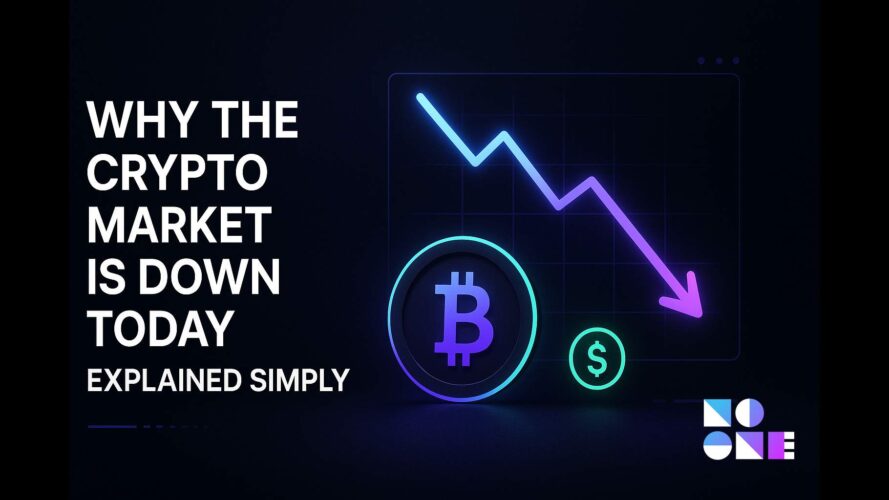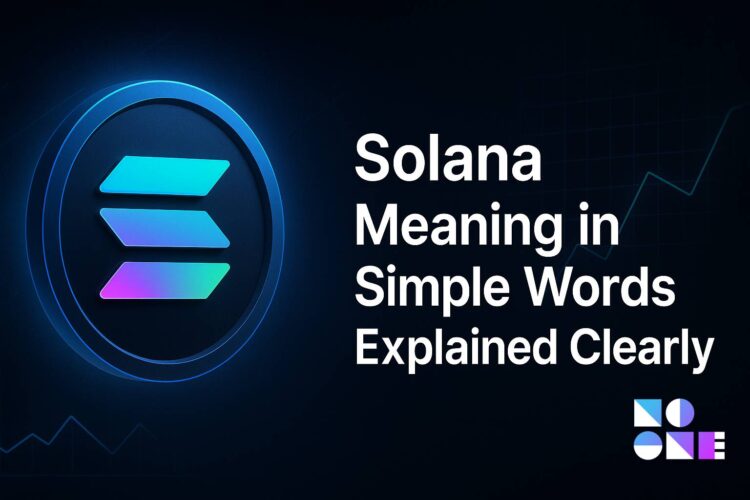Axelar (AXL) — Price Forecast 2025–2040
Disclaimer
This is an informational article only and not investment advice. Cryptocurrency prices are volatile and all forecasts are speculative.
Introduction
Axelar (AXL) is a cross-chain interoperability protocol that enables secure messaging, token transfers and data exchange between many blockchains. As multi-chain dApps and cross-chain workflows expand, Axelar aims to be a universal communication layer for developers. This report examines Axelar’s fundamentals, historical moves and presents a scenario-based price projection for 2025–2040.
Buy, store, and exchange Axelar (AXL) securely with Noone Wallet — a non-custodial wallet giving you full control of your assets across 1,000+ blockchains.
What is Axelar (AXL)?
Short description
Axelar provides a decentralized, security-focused connectivity layer that lets developers send tokens and data between blockchains without relying on centralized bridges.
Critical features
- Cross-chain infrastructure: connectivity across many blockchains (Ethereum, Avalanche, Cosmos, etc.).
- Decentralization: validator-based proof-of-stake security model.
- Security-first design: an independent network / validators instead of a single trusted custodian.
- Developer tools: APIs/SDKs to enable multi-chain applications.
- AXL token utility: used for transaction fees, staking/validator bonding, incentives and governance.
AXL — Price Forecast 2025–2040
Year | Price prediction (USD) | Approx. ROI |
|---|---|---|
2025 | $0.28 | +77.8% |
2027 | $0.24 | +52.4% |
2030 | $0.95 | +503.2% |
2035 | $1.80 | +1,042.9% |
2040 | $3.10 | +1,868.3% |
Notes on the forecast
- 2025 — $0.28 (short term): Growth driven by rising developer demand for cross-chain tools and more projects shipping interoperability features.
- 2027 — $0.24 (consolidation): Post-cycle cooling and market consolidation; infrastructure tokens often hold more value than speculative alts.
- 2030 — $0.95 (adoption): If interoperability becomes a standard building block for dApps and Axelar retains market share, a large upside is possible.
- 2035 — $1.80 (mainstream infra): Widespread multi-chain dApps, enterprise integrations and sustained developer traction could push value materially higher.
- 2040 — $3.10 (bull / infrastructure dominance): In a scenario where Axelar becomes a primary secure cross-chain layer in a mature Web3 stack, long-term valuation could reach the top of this band.
Historical price highlights
Date | Price (USD) | Key factors / context |
|---|---|---|
Jan 2023 | $0.84 | Early network adoption / initial optimism |
Jun 2023 | $0.52 | Market correction |
Nov 2023 | $0.71 | Renewed optimism around partnerships (Cosmos, Avalanche references) |
Apr 2024 | $0.46 | Market volatility / protocol updates |
Sep 2024 | $0.32 | General market drawdown |
Feb 2025 | $0.19 | Growing cross-chain partnerships |
Oct 2025 | $0.1575 | Current consolidation / normalizing after cycles |

What influences AXL’s price? (Key drivers)
- Developer adoption (dApps choosing Axelar for interoperability).
- Partnerships / ecosystem integrations with major chains and projects.
- Tokenomics: staking demand, validator economics and fee capture.
- Overall crypto market cycles (infrastructure tokens tend to follow macro sentiment).
- Regulatory and security events affecting the cross-chain / bridging space.
FAQ
Is Axelar (AXL) a good investment?
Axelar addresses a real need (secure interoperability). It can be attractive for long-term investors who believe multi-chain dApps will dominate, but it remains subject to crypto volatility and competitive risks.
What could AXL be worth in 10 years?
Under reasonable adoption scenarios, mid-to-high single-dollar values by 2035 are plausible (this report uses $1.80 as a moderate bull case). Outcomes depend heavily on adoption and competition.
Does Axelar have real-world use?
Yes — it’s designed as a developer-friendly infrastructure to link multiple blockchains and remove fragmentation without centralized bridges.
How is Axelar different from bridges?
Axelar aims to provide decentralized validation and a native cross-chain messaging layer rather than relying on single custodial bridges, improving security assumptions.
Conclusion
Axelar sits squarely in the interoperability/infrastructure layer — a segment likely to remain important as Web3 grows multi-chain. Short-term price action will reflect macro cycles and developer sentiment; long-term value depends on Axelar’s success in becoming a trusted, widely-used cross-chain layer. As always, diversify, do your own research, and treat these scenarios as illustrative rather than definitive.
Keep your AXL protected and accessible at all times in Noone Wallet, where you can exchange, send, and receive crypto with ease.



